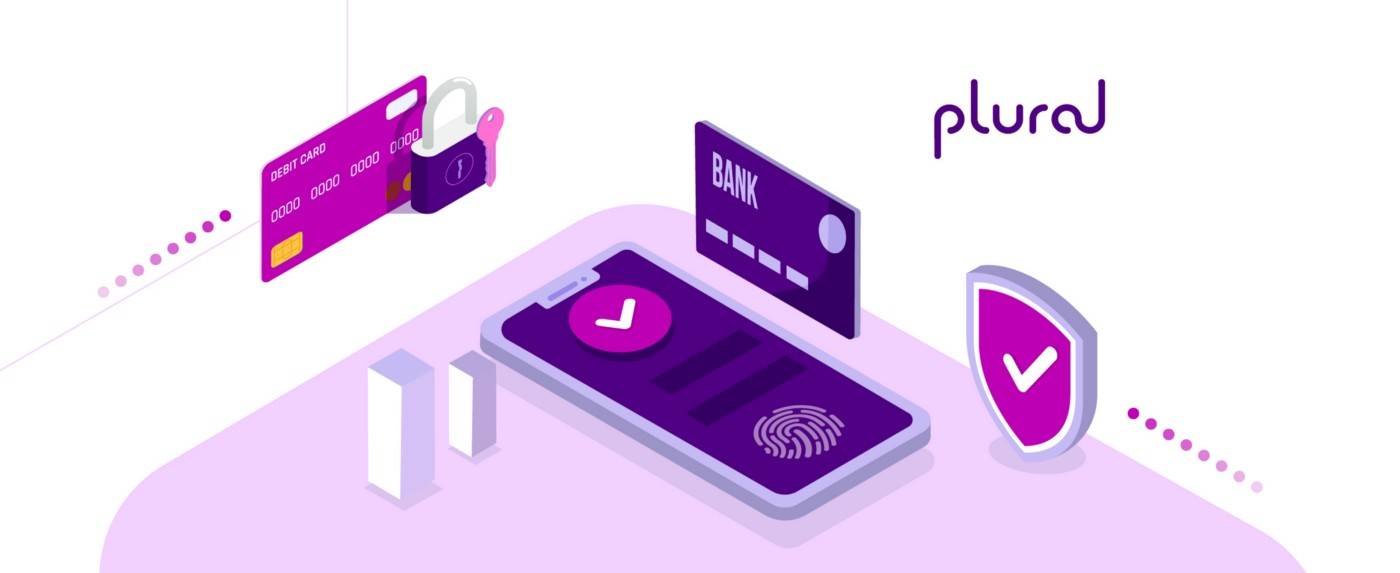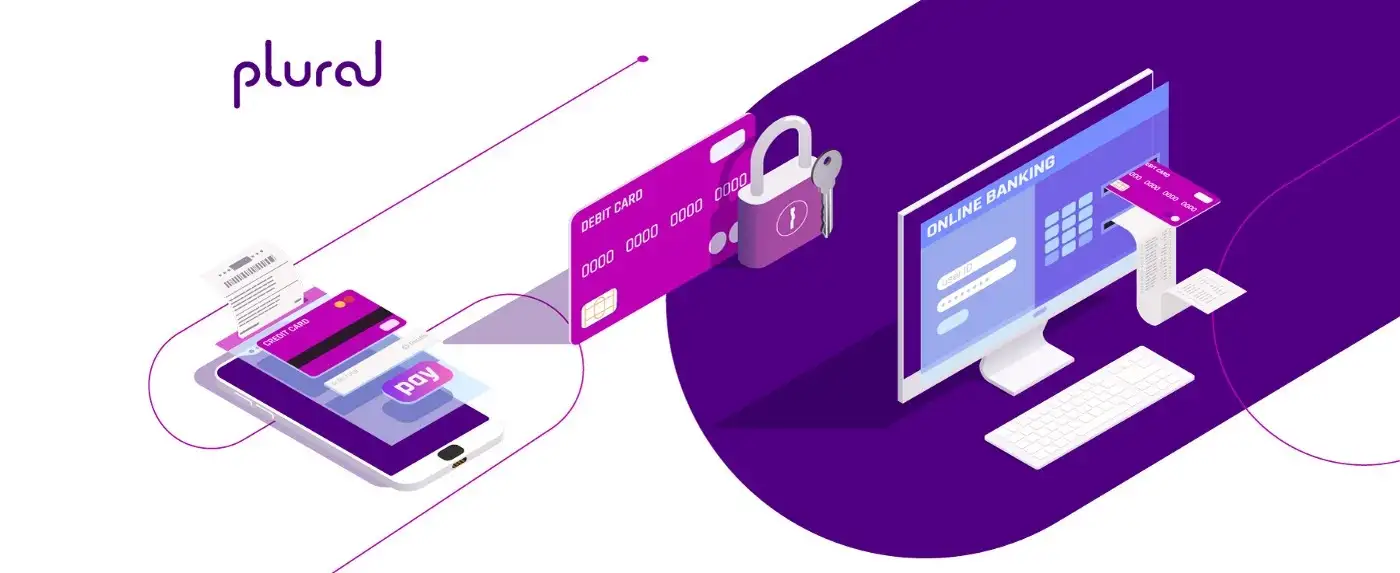Shoppers these days have a myriad of payment method options to choose from. People opt for credit cards, cash, QR codes or mobile based UPI payments for in-person shopping, but online methods such as net banking or UPI for direct bank transfers. Contactless and digital payments have become so popular that, according to CustomerThink, over 50% of consumers will abandon their cart or cancel orders if their preferred payment options are missing.
The proliferation of digital payments goes well beyond metropolitan cities. Five hundred million people residing in tier 2 and tier 3 Indian cities use popular mobile payment apps such as PhonePe and Google Pay. By 2024 it is expected that digital/mobile wallets will constitute 51.7% of total e-commerce transactions, followed by credit cards (20.8%), debit cards (12%), and bank transfers (5.3%). With that said, let’s look at the most common types of payment methods online available.
Online Payment methods
Smartphone technology and reliable internet access across the nation have enabled a range of instant and secure online payment methods. A recent trend research report states that many traditional payment methods will lose importance and account for under 40% of e-commerce payments by 2024. In contrast, next-gen payment methods will witness significant progress.
Here is a list of online payment methods that will dominate the future:
Debit and Credit Cards
Since their introduction in banking, debit and credit cards have been the most popular cashless payment options. Of the two, debit cards have the largest market share, with 940 million active cards in India. As of FY 2021, people in India have only used about 62 million credit cards. These days, most businesses accept credit and debit cards and even encourage their customers to use more modern methods such as mobile payments. Cards do have a caveat — the processing fees. The processing charge is around 1.5% to 3% of the total sale. Some popular debit and credit cards include:
- Master Card: accounted for over 30% of all card payments in India in 2019.
- Visa Card: Visa is accepted across millions of locations worldwide.
- RuPay: RuPay is India’s domestic card, accounting for over 63% of all credit card usage.
- American Express: 1.5 million people in India use American Express credit cards.
UPI
The Unified Payments Interface (UPI) is a real-time payments system that enables inter-bank peer-to-peer (P2P) and person-to-merchant (P2M) transactions. Developed and regulated by the National Payments Corporation of India (NPCI) and the Reserve Bank of India (RBI), UPI is an umbrella organisation for all digital payments. UPI-based applications allow users to transfer funds between bank accounts on a mobile platform seamlessly.
The popularity of smartphones and the drive to go cashless saw the use of UPI skyrocket post-2020. In 2021 UPI recorded over 38 billion transactions in India worth ₹ 71.59 trillion.
Some popular apps working on UPI include:
- PhonePe: An Indian payment app, PhonePe leads the UPI market with a market share of 46%.
- Google Pay: The second most popular UPI payments app has a little over 37.5% of the market share.
- BharatPe: BharatPe is the third-largest player in UPI payments. It has a market share of 8%.
- BHIM: Developed by NPCI, this app has a market share of 0.74%.
- WhatsApp Pay: WhatsApp Pay makes for less than 1% of the market share.
- Amazon Pay: Amazon Pay makes up for 0.8% of the UPI market share
Net Banking
Online banking is a facility all banks offer their customers to operate their accounts from a computer or mobile device. Most users register for online banking with their branch, and they can use the service to send and receive funds, deposit cheques, pay bills, and much more.
Banks offer mobile banking to their customers through dedicated applications that enable various transactions, including paying loans and locating ATMs. A survey conducted on online payments in India states that as of 2020, 31% of people said that they use mobile banking apps.
Digital Wallets
Digital wallets store digital versions of credit and debit cards on a mobile device. People can use a digital wallet for various transactions, from paying small amounts at a physical store to bill payments, travel and movie bookings, recharges, and money transfers from one bank account to another.
Digital wallets are one of the most favoured payment methods among consumers. They are easy to use, instantaneous, secure, do not require a minimum balance to operate, and do not levy additional charges. Popular digital wallets include Google Pay, Paytm, Apple Pay and Samsung Pay. In 2021, digital wallets dominated the e-commerce payment options in India with a 45.4% market share. Digital wallets are expected to have over 4.4 billion global users by 2025.
Card-Based and No-Cost EMI
Credit EMIs are growing in popularity because of increasing disposable incomes among the urban population. These loans have affordable interest rates and low processing fees.
Consumers can buy electronics, furniture, and other goods that cost anywhere between ₹5000 to 15 lakhs. These EMIs are offered by retail stores, and also by online payment providers and payment gateways at the time of purchasing goods. The card-based EMI segment is expected to grow to INR 205 billion by 2026–27.
A no-cost EMI is similar to a card-based EMI, except that the consumers pay for products or services in affordable monthly instalments without paying any interest. The option requires consumers to hold a debit or a credit card. Both card-based and no-cost EMIs are a win-win option for consumers and retailers alike. Shoppers can purchase expensive products without worrying about the burden of paying interest, and businesses can sell more of such costly items, thus earning more profits.
Instant financing- Buy Now Pay Later (BNPL)
The Buy Now Pay Later is a type of interest-free crediting provision that allows customers to pay at a later date. This payment type largely reduces cart abandonment because of insufficient funds, resulting in more sales for a business.
India’s BNPL market continues to grow from USD 3.5 Billion, with around 15 million users in 2022, and it is expected to reach $45–50 billion by 2026, with approximately 80–100 million users. Some well-known BNPL players include Amazon Pay Later, Flipkart Pay Later, Ola Money Postpaid, Paytm Postpaid, ZestMoney, and LazyPay.
Closing Thoughts
Businesses will have to offer different payment methods to improve customer checkout experience and boost customer loyalty. Plural Gateway allows you to provide your customers with multiple payment methods such as cards, cards based EMI, no-cost EMIs, brand EMIs, net banking, wallets, BNPL, and UPI options. You can enable payment options with different acquiring banks with a single integration.
With our secure and straightforward APIs offering omnichannel capabilities and integration with multiple gateways, consolidating all your online payment methods has never been easier. Our products suite will help you accept, process, disburse and track payments, reconcile transactions, and make informed decisions with ease.
If you’re unsure where to begin, all you need to do is sign up with Plural and familiarise yourself with our range of products. We’ve done all the hard work for you, so your only focus can be on increasing your sales and expanding your business.
References:
https://startuptalky.com/mobikwik/
https://www.bajajfinserv.in/insights/no-cost-emi

Amrita Konaiagari is a Marketing Manager at Plural by Pine Labs and Editor of the Plural blog. She has over 10 years of marketing experience across Media & Tech industries and holds a Master’s degree in Communication and Journalism. She has a passion for home décor and is most definitely a dog person.



